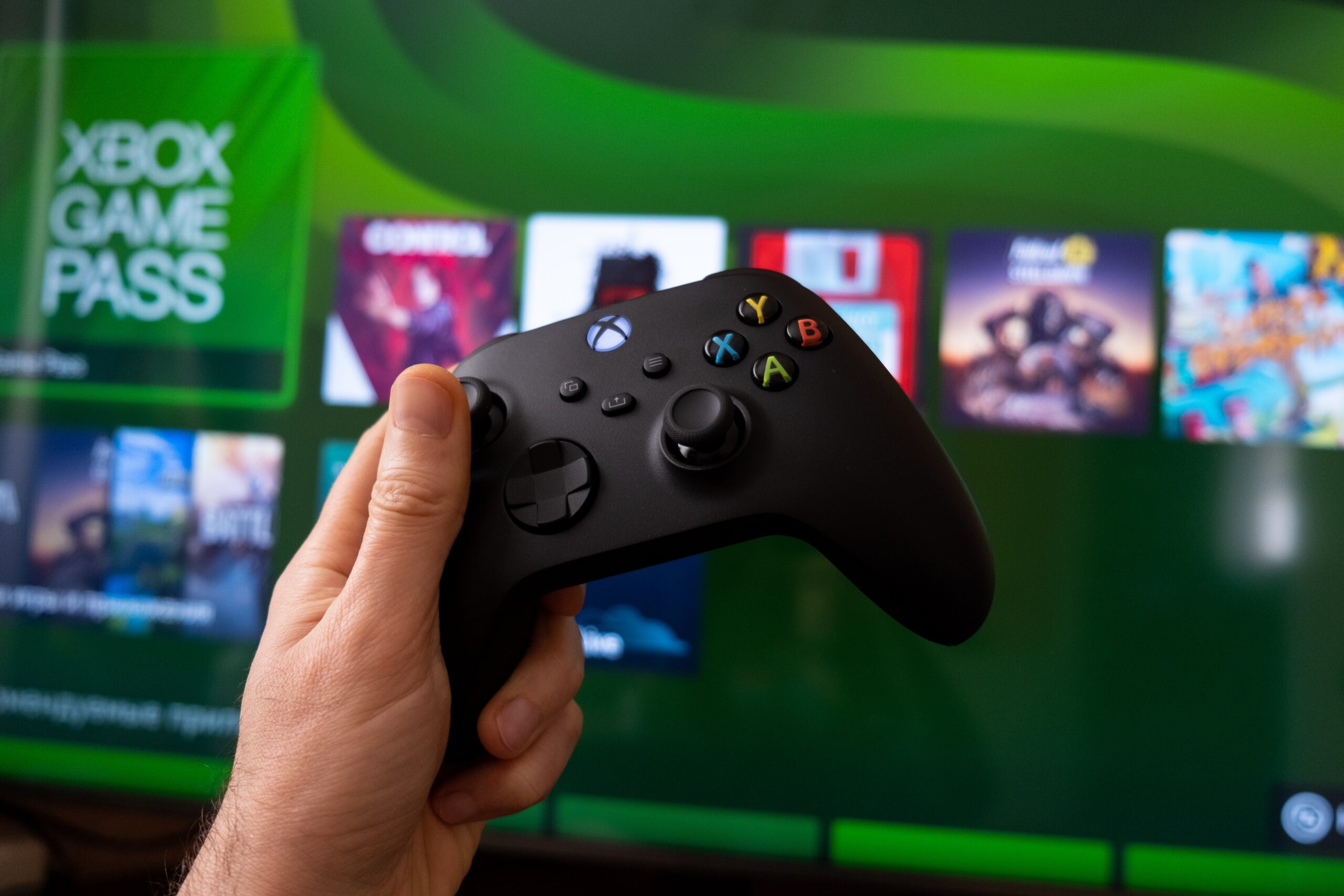After the dematerialization of video games, room for the rise of subscriptions. According to a survey conducted by the Electronic Software Association, young American gamers would mostly prefer to receive a subscription card as a Christmas gift rather than a console, in-game currency or a boxed game.
The arrival of high-speed Internet connections has changed almost everything in video games. Multiplayer, deployment of updates, digital sales and distribution of additional content have become very important pillars of the industry’s economy.
To the great dismay of collectors and fans of choice in the mode of consumption, the digital format has become commonplace. More recently, subscription game access plans have become established, and this is starting to be felt.
GamePass, PlayStation Plus and other GeForce Now are popular in the United States
The case of Alan Wake 2, only available digitally for the moment, has caused a lot of talk. But the prism of social networks hides a completely different reality, namely that digital sales are now crushing physical sales. According to SELL, France is almost an exception in still preferring the physical format. But in the United States, players aged 10 to 17 are already in the post.
According to a study carried out by the ESA, American video game lobbyist and organizer of the late E3, among 500 minors, it is subscription formulas such as Game Pass, Amazon Luna or PlayStation Plus which dominate Christmas lists. The association, in fact, asked these young people what they preferred to receive at Christmas, and the finding is quite unprecedented.
For the first time, the wish to receive a subscription as a gift came at the top of the survey. 39% of them therefore hope to be able to access a catalog, 38% to want a console, 32% are more aiming for in-game currency, and only 22% to request a physical version of a game. The physical therefore loses still gaining ground, a sign that consumption methods have really changed.
Again and again the same question: what about conservation?
Physical video games are not dead, but their appreciation is changing. It becomes a collector’s item, or a militant act aimed at defending another form of access to the game and the stores. Despite everything, the numbers are the numbers and the dematerialized dominates, with one nuance: the bulk of video game turnover is generated on mobile, a medium where the physical no longer exists since the bitter failure of the N- Gage over 20 years ago.
As for subscriptions, it must be said that it seems ideal for young people and parents alike. For 10 to 20 dollars per month, you have access to vast catalogs, and you avoid spending 60 to 80 dollars on a single title which, potentially, will be abandoned along the way. But the other side of the coin is the immense difficulty that institutions and associations encounter when it comes to preserving games and ways of playing.
Currently, no public organization has given itself the mission of preserving games in the United States and according to
the Video Game History Foundation (VGHF) and the Software Preservation Network, 87% of so-called classic games cannot be found commercially or are in danger of disappearing. In France, the situation is different since the legal deposit of works also concerns video games, even digitally. The BnF collects everything published in the region, and work is constantly carried out to implement long-term preservation methods.
Source : Games Industry

3